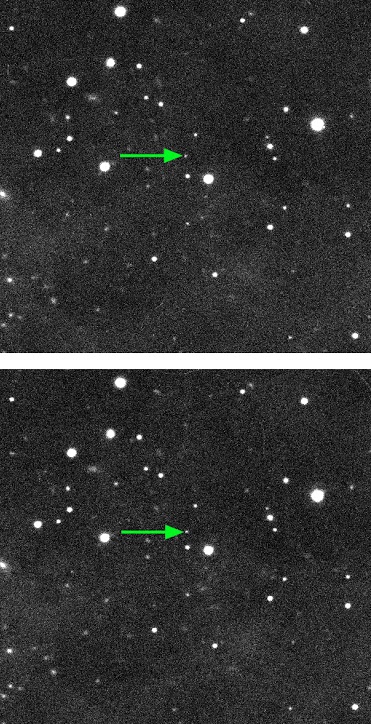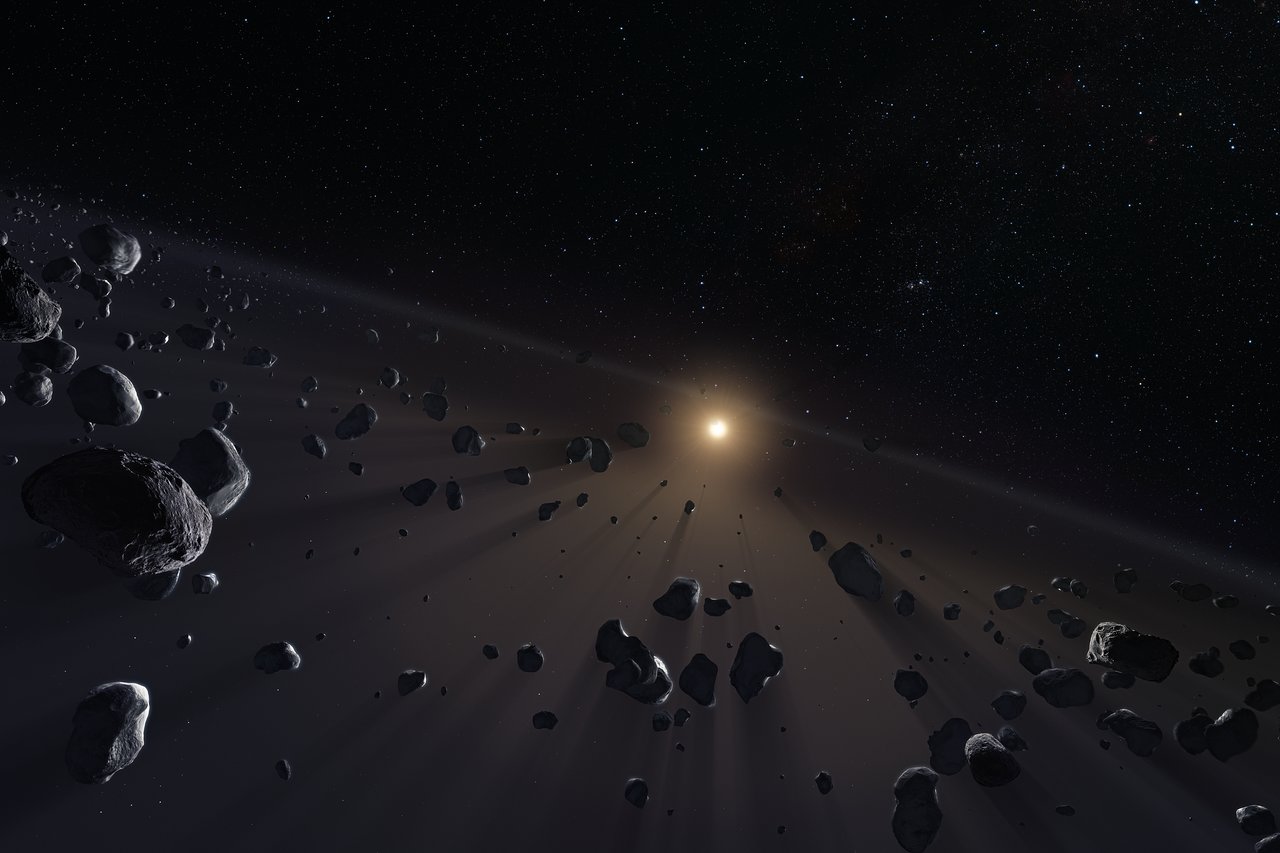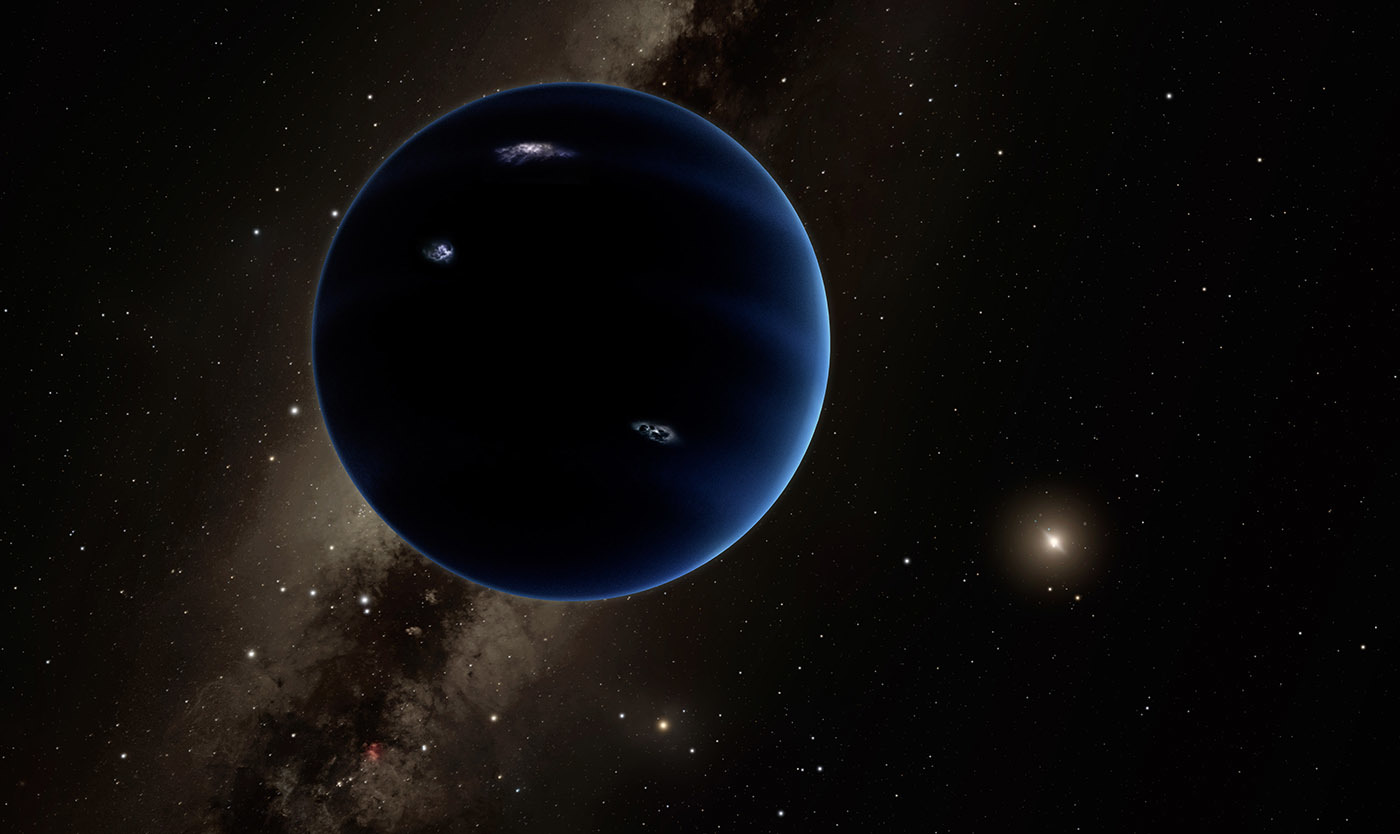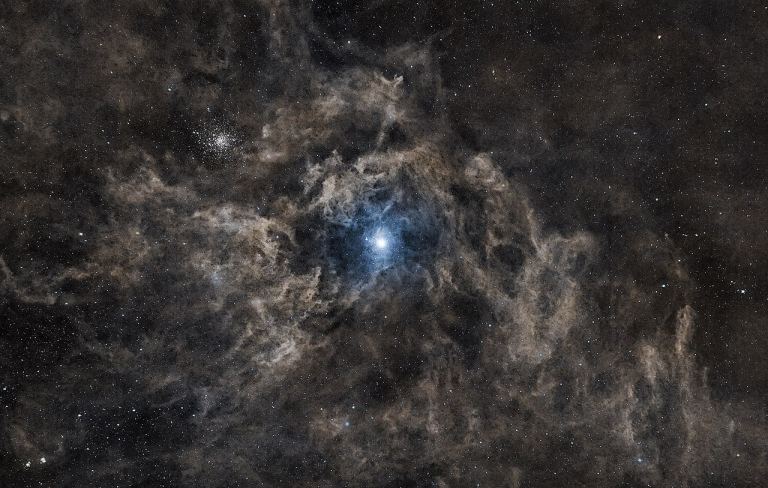University of Michigan | 2017 Oct 17
A University of Michigan doctoral student has logged two pieces of evidence that may support the existence of a planet that could be part of our solar system, beyond Neptune.
Some astronomers think this alleged planet, called Planet Nine, exists because of the way some objects in space, called "Trans-Neptunian Objects," or TNOs, behave. These TNOs are rocky objects smaller than Pluto that orbit the sun at a greater average distance than Neptune. But the orbits of the most distant of these TNOs—those whose average distance from the sun is more than 250 times as far as Earth's distance—seem to point in the same direction. This observation first led astronomers to predict the existence of Planet Nine.
For these TNOs to be aligned in the orbits they currently occupy because of Planet Nine's influence, astronomers say, they would have been in the solar system for longer than a billion years. However, some astronomers think in that amount of time, some of these objects should have either smashed into another planet, been thrown into the sun, or ricocheted off into space by other planets' gravitational force.
The U-M research, led by Juliette Becker, a graduate student in the Department of Astronomy, consisted of a large set of computer simulations, which uncovered two findings about these TNOs. First, the researchers established a version of Planet Nine that would most likely cause our solar system to look the way it currently does, by preventing the TNOs from being destroyed or thrown out of the solar system. Second, the simulations predict that there is a process that they call "resonance hopping" by which a TNO jumps between stable orbits. This process can prevent the TNOs from being ejected from the solar system. ...
Evaluating the Dynamical Stability of Outer Solar System Objects in the Presence of Planet Nine - Juliette C. Becker et al
- Astronomical Journal 154(2):61 (2017 Aug) DOI: 10.3847/1538-3881/aa7aa2
arXiv.org > astro-ph > arXiv:1706.06609 > 20 Jun 2017











